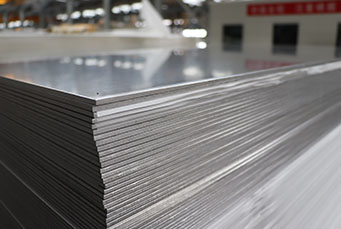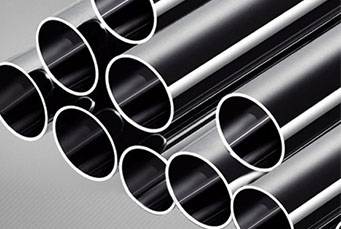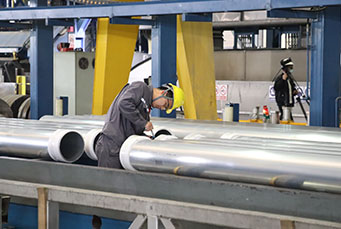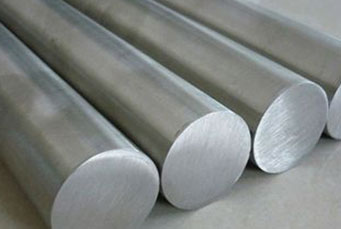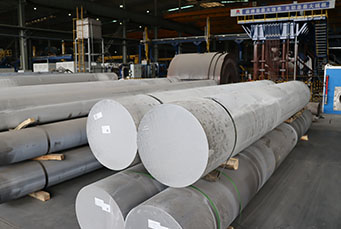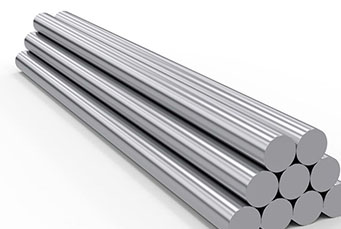The Role and Advantages of Aluminum Foil in Lithium Battery Anodes
Why do lithium-ion batteries employ copper foil for the negative electrode (anode) current collector and aluminum foil for the positive electrode (cathode) current collector?
Typically, in lithium-ion batteries, aluminum foil serves as the current collector for the positive electrode, while copper foil is used for the negative electrode. The primary role of the current collector is to facilitate electrical conduction, akin to how wires in electrical systems function, which are often made of copper or aluminum. This choice of materials stems from the conductivity hierarchy of metals, where conductors can be ranked as follows based on their electrical conductivity: silver > copper > gold > aluminum > tungsten > nickel > iron. Although silver is the most conductive, its scarcity and high cost make it impractical for widespread use. In contrast, copper and aluminum are abundant globally and are more economically viable options.
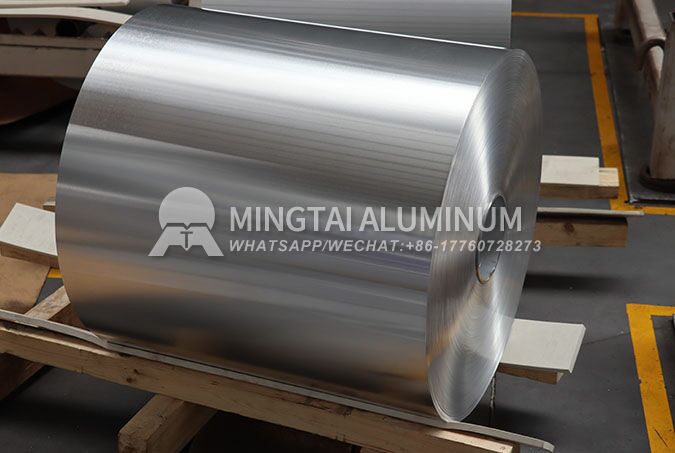
Meanwhile, within the realm of lithium batteries, two primary processing techniques are employed: winding and stacking. When juxtaposed with the winding approach, the electrode sheet utilized for battery fabrication must exhibit a specific level of pliability to safeguard against brittleness during the winding process. Among metallic substances, copper-aluminum foil stands out as a notably malleable metal. Furthermore, copper and aluminum foil demonstrate a high degree of atmospheric stability. Aluminum, in particular, readily engages in a chemical reaction with atmospheric oxygen, resulting in the formation of a compact oxide layer on the aluminum’s exterior that impedes further aluminum corrosion. This diminutive oxide layer also offers a degree of safeguarding to the aluminum within the electrolyte. Conversely, copper maintains a relatively inert state in air, showing minimal reactivity under dry conditions. The oxide layer present on copper/nickel surfaces functions as a semiconductor, facilitating electron conductivity. In contrast, the oxide layer on aluminum, composed of aluminum oxide, behaves as an insulator, rendering it incapable of conducting electricity. Nonetheless, electron transmission is feasible via the tunneling effect due to the layer’s minimal thickness. Should the oxide layer thicken, impedance escalates, leading to diminished conductivity and potentially culminating in insulation. Consequently, it is customary to cleanse the collector’s surface prior to utilization, a procedure that not only eradicates grease but also eliminates any substantial oxide layers.
The capacity and electrochemical characteristics of lithium battery electrodes dictate that aluminum foil is employed for the positive electrode and copper foil for the negative electrode, as opposed to reversing these materials. Given the elevated potential of the positive electrode, the oxide layer on copper/nickel foil is less compact and prone to oxidation under high-voltage conditions, whereas aluminum boasts a higher oxidation potential, resulting in a denser oxide film on its surface that offers superior protection to the underlying aluminum.


